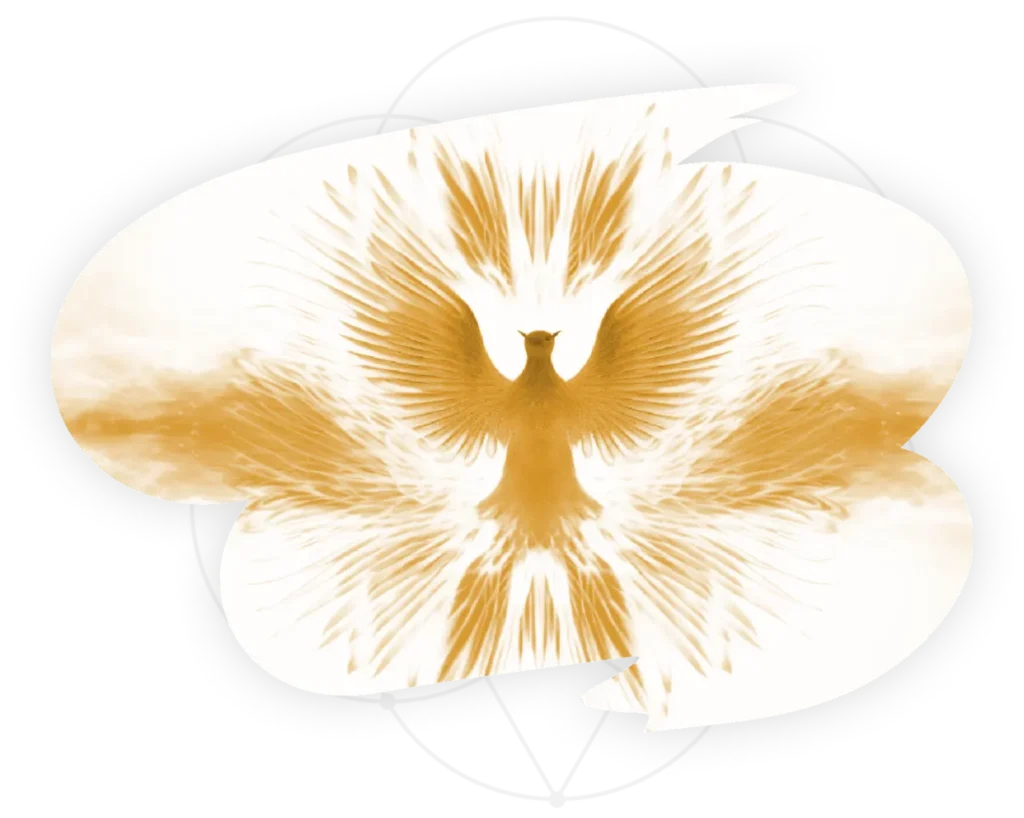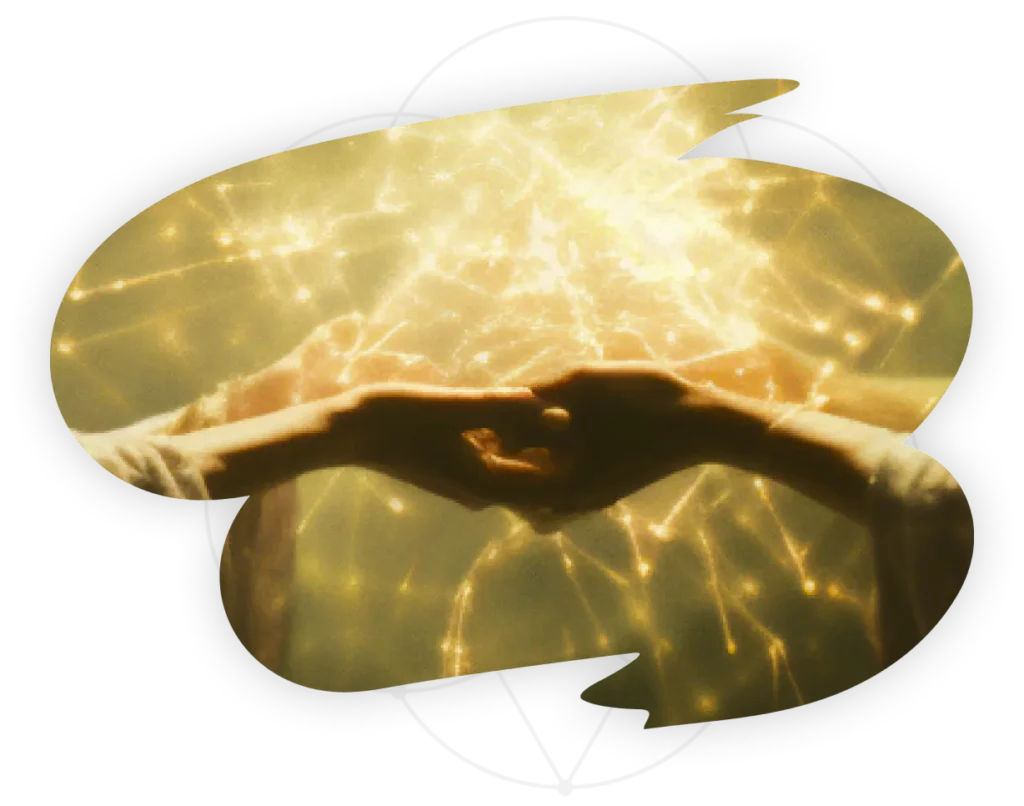Claire’s facilitation was very supportive, thorough, and helpful. I loved where I was led and how I felt so expansive. She prepared me well, offered good follow-up and observations. I felt very safe and could relax into the experience. The ceremony definitely elicits a changed perspective, especially with conscious intention. It definitely stirred up new energies, tapped into my highest excitements and has brought them all to the surface. It was like a culmination of all of my dreaming and affirmation focuses from recent times and the past. I felt relaxed, calm, and like nothing mattered that much. Relief came up, freedom, lightness, detachment. Through this therapy, I was made conscious of compensatory behaviors that are mostly falling away, behaviors that essentially are seeking approval I am not giving myself. (People pleasing, trusting others more than myself, giving too much and being left with not enough i.e. better and better self care, no longer comparing myself to others). I realized that I have all I need to be happy already. I am really happy with my decision to break away from a restrictive relationship that cost me some things. Claire’s facilitation was worth it.







